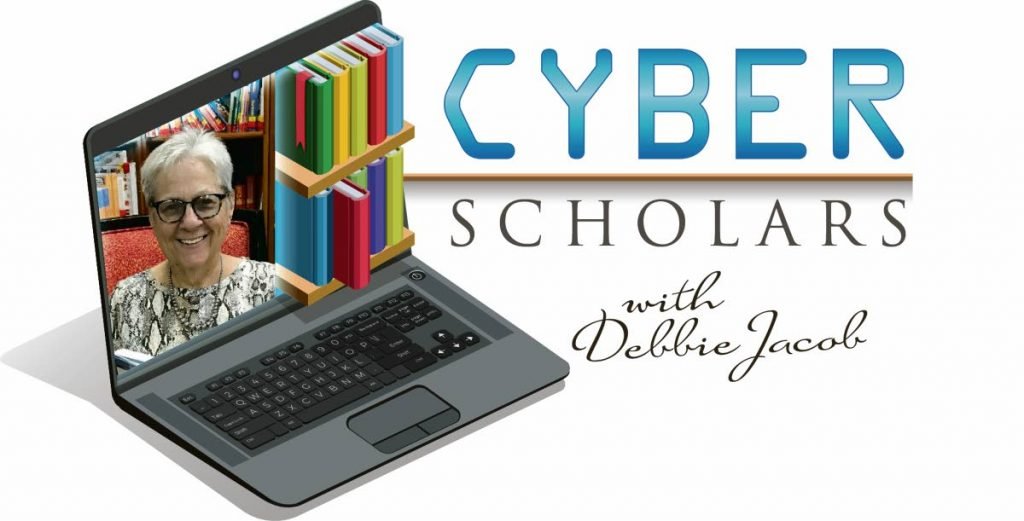Stealing intellectual property

As a librarian, I found intellectual property the most difficult concept for students to grasp. Students understand that someone breaking into your father’s car is a form of stealing, but they cannot comprehend that taking people’s creative work for their own use without paying for it is also a form of theft.
Students feel that they are entitled to take anything they want off the internet, and they don’t realise that downloading music from YouTube and reading PDF copies of books found online rather than buying the book are examples of copyright violations. This amounts to stealing intellectual property.
Copyright violations are a real problem. The first main hurdle is understanding what intellectual property is. Intellectual property covers creations of the mind including inventions, literary and artistic works and designs, symbols, names, music, drawings, audiobooks, architectural designs and more. These creations are covered by copyright laws, patents and trademarks.
Students must beware of sites that offer intellectual property for free. Converting or downloading music from YouTube is a copyright violation. You must pay for music from reputable places like Apple music.
Many sites offer PDF versions of books and this too is illegal. Some books fall into the public domain, which means they are no longer under copyright law, but you must do your research to see if this is the case for the book you want to read. Books that have been created January 1, 1978 or after have a copyright for the duration of the author’s life plus 50 years. Books published before 1923 could be in the public domain. Check a site called biblio.com for a detailed chart of US copyright laws regarding books. This is the link:
https://www.biblio.com/blog/2010/07/how-to-determine-if-a-book-is-in-the-public-domain/#
UK copyright laws follow the same basic rules. In British law, copyright remains until 70 years after the death of the last author. You can find a detailed listing of British copyright laws at
https://copyrightservice.co.uk/copyright/p01_uk_copyright_law. You should check these two sites above to make sure you are not violating copyright law when using books.
Of course the most common copyright violation is plagiarism, which is taking other people’s ideas and words and presenting them as your own. This is a serious copyright violation. In university plagiarism can lead to expulsion.
To avoid plagiarism in your research papers you must use in-text citations and a bibliography at the end of your work. Put direct quotes from a source in quotation marks. Simply changing a few words in a text you are using does not help you to escape plagiarism. You must put ideas in your own words, credit the writer in your research paper, use in-text citations and a bibliography at the end of your paper. One of your best resources for understanding in-text citations and bibliographies can be found at OWL at Purdue university. The acronym OWL stands for Online Writing Lab.
Plagiarism also applies to music. In the late 70s, Bright Tunes sued former Beatles guitarist George Harrison for plagiarism over three notes in the song My Sweet Lord, claiming they were the same notes used in the song He’s So Fine. Bright Tunes won and Harrison had to pay for the copyright violation.
Students also need to be aware of fair use, which allows copyright protected material to be used in certain circumstances. Students can use music or images in their school projects without the usual required permission from the publisher, but students cannot post that project on any social media or the school website. Fair use gives students academic rights, but once that work is posted on public domains, is part of the commercial realm. Under fair use, students must cite sources and give credit to the creator.
Your citations must be in a certain format. Students generally use the Modern Language Association (MLA). You can find online citation generators that will format the information for you. Citation Machine and Easy bib are two popular online citation generators.
In general and unless otherwise told by your teacher, your research papers should be in 12 point, Times New Roman font. You should double space all citations. Don’t skip spaces between entries. You indent the second line and all subsequent lines of citations. This helps the reader to understand when a new citation begins. Citations need to include the author, title of the source, version, publisher and publication date. For a more detailed list of what goes into your citations, consult OWL at Purdue.
It is important to recognise that intellectual property is just as important as physical property. Check out The World Health Organization’s (WHO) site about intellectual property
https://www.who.int/topics/intellectual_property/en/.


Comments
"Stealing intellectual property"